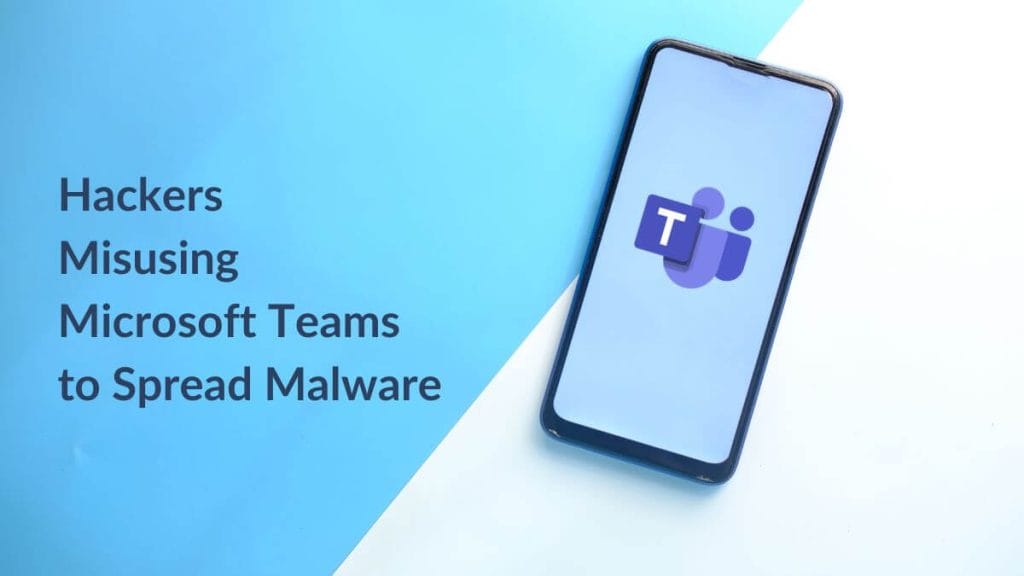Cybercriminals are using Microsoft Teams, a video conferencing platform, as a medium for a new malware campaign. As per a report by ATT Cybersecurity research, these hackers are exploiting the Microsoft Teams group chat requests as a new phishing attack to spread malicious attachments. These attachments can install DarkGate malware payloads on victims’ systems. According to the researchers, the attackers might have used a compromised Teams user or domain to dispatch over 1,000 malicious Teams group chat invites.
What’s the Threat?
Reports indicate that attackers are using various tactics, including:
- Malicious attachments: Hackers send messages with seemingly legitimate-looking attachments containing malware. Clicking on these attachments can infect devices with data-stealing Trojans, ransomware, or other harmful software.
- Group chat invites: Fake chat invites lure users into joining malicious groups controlled by attackers. These groups may then be used to spread further phishing attempts or malware links.
- Social engineering: Hackers impersonate legitimate users or authority figures to trick victims into revealing sensitive information or clicking on malicious links.
Understanding the Threat:
Phishing attacks are a type of social engineering attack where cybercriminals trick users into revealing sensitive information, such as usernames, passwords, and credit card details, by disguising themselves as trustworthy entities. In the case of Microsoft Teams, hackers are sending malicious links through chat messages, which, when clicked, redirect users to fake login pages or download malware onto their devices.
Why Microsoft Teams?
Microsoft Teams boasts over 280 million monthly users, making it a prime target for attackers seeking wide reach. The platform’s features like file sharing and chat functionality also create opportunities for malware distribution and social engineering.
What is DarkGate?
According to a 2023 report by Kaspersky, the DarkGate malware possesses several capabilities. These include a hidden VNC, tools to bypass Windows Defender, a tool for stealing browser history, an integrated reverse proxy, a file manager, and a Discord token stealer.
How the Attack Works:
The attack begins with a hacker sending a chat message to a user, pretending to be a colleague or a trusted entity. The message contains a link, which the user is prompted to click. The link takes the user to a fake login page, where they are asked to enter their credentials. Once the user enters their credentials, the hacker can use them to gain access to the user’s account and spread the malware to other users.
Alternatively, the link may download malware directly onto the user’s device. The malware can then steal sensitive information, take control of the user’s device, or launch further attacks.
Protecting Yourself:
- Be Wary of Unfamiliar Senders: Don’t click on links or download attachments from unknown users, even if they appear legitimate. Verify their identity through other channels before engaging.
- Check Before You Click: Hover over links to see the actual URL before clicking. Be cautious of suspicious domain names or shortened URLs.
- Enable Multi-Factor Authentication (MFA): This adds an extra layer of security by requiring a second verification step when logging in, making it harder for hackers to gain access.
- Stay Informed: Keep yourself updated on the latest phishing tactics and malware threats. Regularly review security best practices and educate your colleagues.
Also read | 390,000+ WordPress credentials stolen via malicious GitHub repository
Additional Tips:
- Report suspicious activity: If you receive a suspicious message, report it to Microsoft and your IT department immediately.
- Use a security solution: Consider using reputable security software with real-time protection to detect and block malware attempts.
- Back up your data regularly: Having regular backups ensures you can recover your data in case of a malware attack or ransomware infection.
By following these steps, you can stay safe and make Microsoft Teams a secure platform for collaboration. Remember, vigilance is key in the fight against cybercrime!

